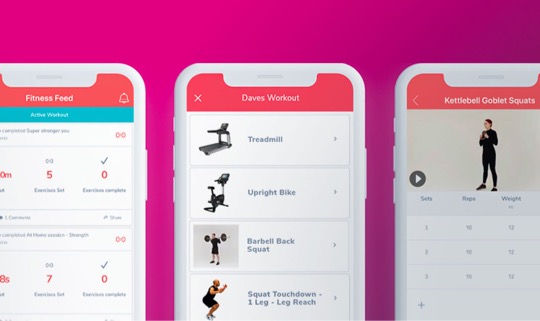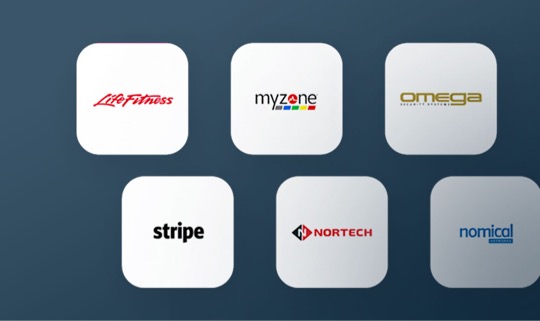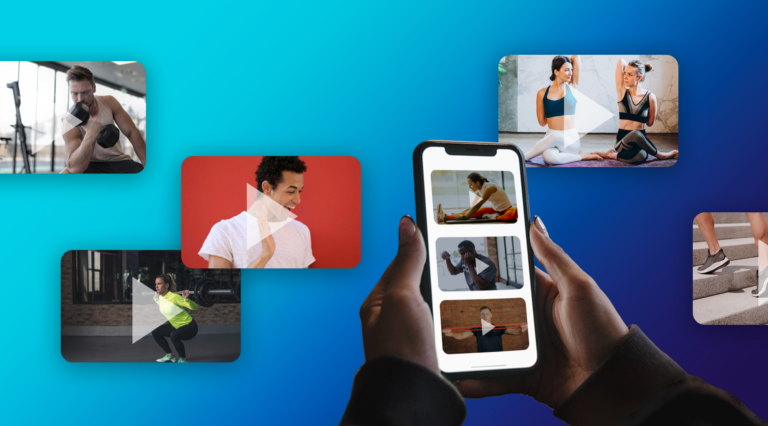Personal training and training styles are evolving, and so is the way in which our clients engage with exercise. Having an online presence accommodates the changes we’ve seen in our lifestyles. For example, whether it’s work, family, finances, travel commitments or time restraints, many of our lives today are highly powered by stress and anxiety. And there never seems to be quite enough hours in the day to get through the endless ‘to do’ lists or to have any ‘me time’. By having an online coaching presence, your services are undeniably more convenient, more cost effective, and your professional services can reach a far greater audience. This all sounds great, but there are some down-sides…
One downside of online coaching is that it is everywhere! So, from a client’s perspective, how do they know and decide who to work with? Here, the bottom line is about having the ability to build trust, develop relationships and demonstrate results. If these three aspects can be achieved, then you’re on to a winner. As an online personal trainer, you need to make yourself ‘social proof’. If you look at Joe Wicks for example, AKA ‘The Body Coach’, he has rocketed from a standard Personal Trainer, working long hours and chasing clients to going full circle and having clients chase him because of the following and profile he has developed on social media. Initially experimenting with Instagram, he slowly saw his following increase until it boomed somewhat out of control. Wicks, now employs around 50 staff to assist in managing the 70,000 clients who have signed up to his online programs. His reputation now speaks for itself, and that is key when you are dealing with clients online. Your clients have to know, trust and believe that your services will help them achieve the results they are after.
Another downside is the management involved in accommodating so many potential clients once you offer your services online. How on earth do you keep good communication with all your clients once your database multiplies? And assure good, individualised programs and regular feedback? How do you even keep track of all your clients, their personal details and their payments? My advice is to look at the best types of management software for personal trainers to help you run a smooth, efficient and successful business. One of the leading all-in-one personal trainer software systems that I would recommend is Membr.
Membr will enable you to have consistent engagement with your clients, using minimal staff/admin time, which is essential to any profitable business. This can include mass emails to your clients and prospects, as well as automated client communication. If you do grow your business and it booms when you transfer your services online, such as the success Joe Wicks experienced, then you will need to employ staff. By using Membr’s personal trainer management software as one interface for all staff and clients will mean that you continue to run an efficient, streamlined business. As mentioned already, the online fitness marketplace is becoming more and more competitive, so it’s really important that you make joining your online coaching services as simple and accessible as possible, giving prospects the option to sign up online. Membr allows you to do this, taking direct debits and credit card payments. There can also be client referral programs built into the software, which is a great way for you to continue to grow your remote coaching business. Membr can also assist with an exercise programming app for efficient program design and gives you the potential to operate a paperless business – so say goodbye to all those hours of filing!
So if we look at the pros and cons of online personal training, the 1-1 contact sessions are undoubtedly the best for developing relationships and rapport with your clients. However, the time that needs to be invested, relative to the income you can earn, is totally limited by the number of hours in the day. You often hear of trainers working insane hours, and trainers struggling with extreme fatigue. It’s just like the principles of training where if you overdo it, you risk injury. As a trainer, if you overdo it then you risk your health and your professional longevity. On the flip side, moving online to remote coaching enables you to operate from anywhere in the world; to reach anyone in the world; to seriously increase your potential earnings; and provide you with a far better lifestyle, whilst also providing your clients with a far more accessible, flexible and convenient training tool.
If you can get the relevant systems in place, underpinned by all-in-one personal trainer software, then moving your services to an online model for remote coaching, makes complete sense – both for you as a trainer, and for your clients. While it is extremely difficult and virtually impossible to replicate the personalised, one-to-one approach of contact sessions with your clients, the ease, convenience, accessibility and cost of online coaching is an absolute ‘no-brainer’.













